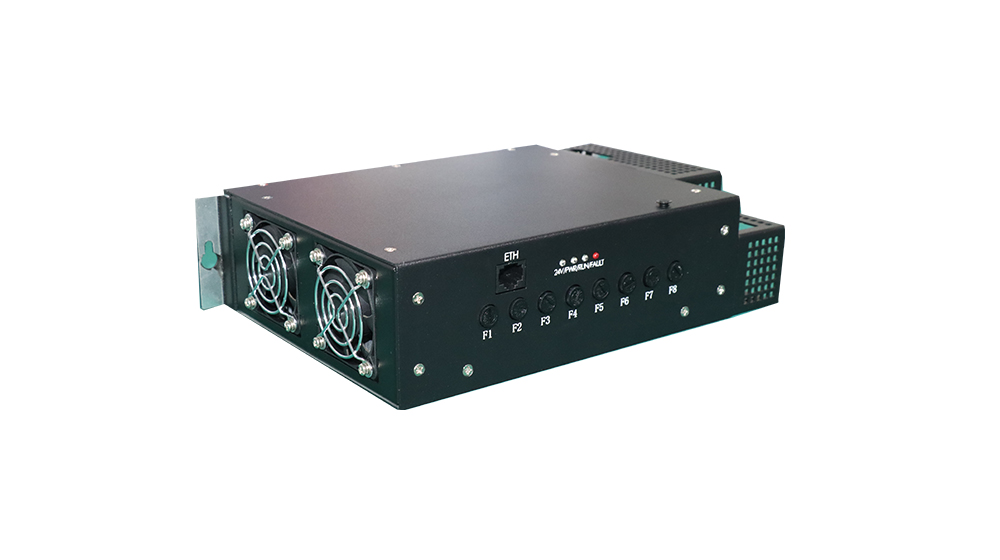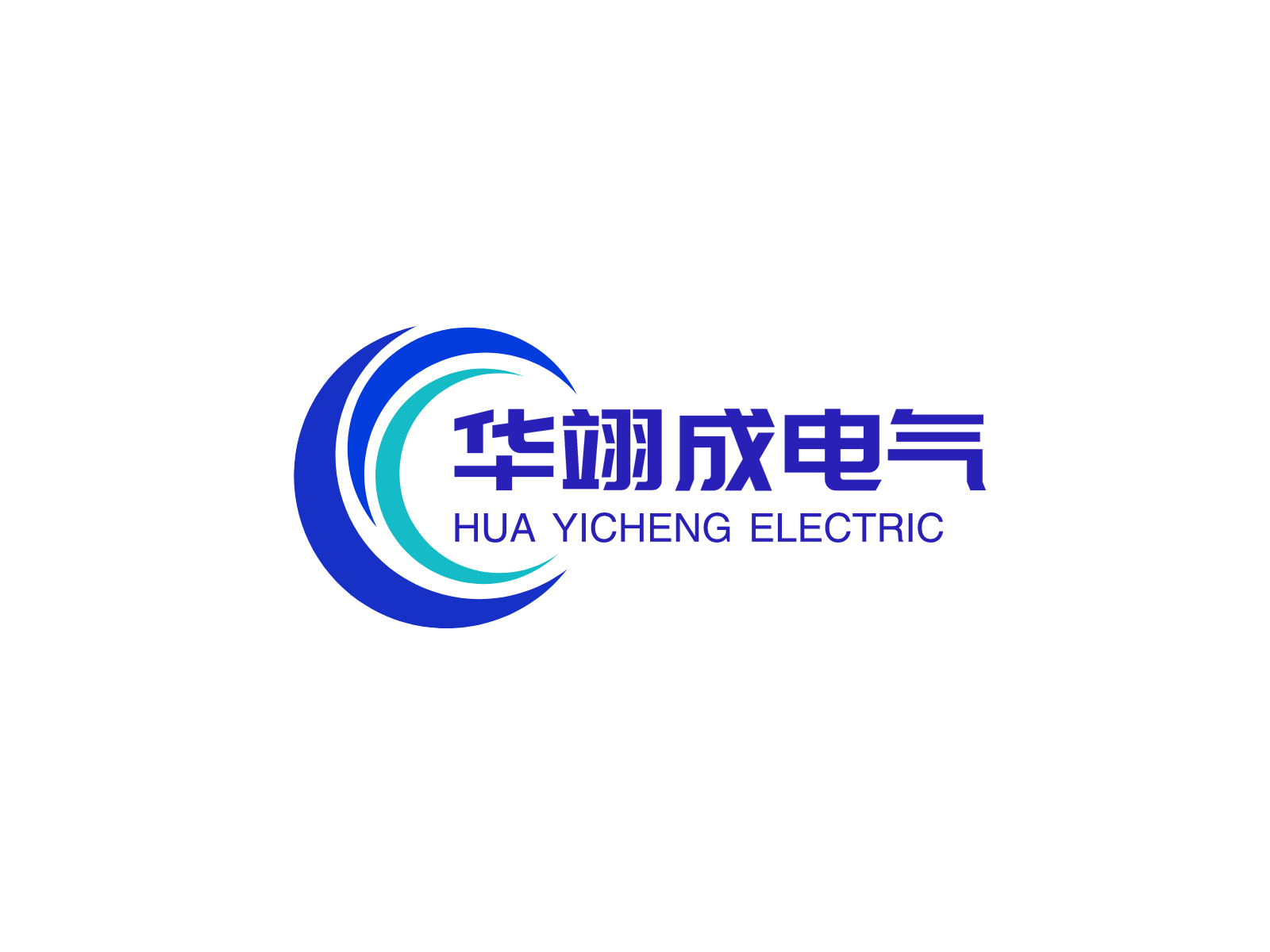power regulatorWhat are the conditioning output methods?
There are generally five types of adjustment output methods of power regulators, namely constant voltage output, constant current output, and constant power output. There are also control methods such as open-loop control and zero-crossing power adjustment. What are the main differences between these functions of power regulators? What is it again?
1. Constant voltage output method of power regulator
Let’s first understand the constant voltage output method. Constant voltage output refers to an adjustment method in which the input control signal is linearly proportional to the output voltage. By changing the output voltage, the output load power is changed. Constant voltage output is currently more common for resistive loads. An output control method.
2. Constant current output method of power regulator
What does the constant current output of a power regulator mean? For constant current output, the input control signal has a linear relationship with the output current. The input signal size is proportional to the size of the current output. By adjusting the current size, the voltage of the output load is changed. and power. This constant current output method is generally used in resistive loads or rational loads that require high precision in current changes.
3. Constant power output method of power regulator
For constant power output, the input control signal has a linear relationship with the output power. In application, the output voltage and current are changed by controlling the signal size to adjust the output power. However, there is a linear relationship between the input signal size and the output power. .This constant power output method is generally used in situations where the precision of power changes is very high.
4. Open-loop control method of power regulator
The power regulator directly uses the input value to control the thyristor switching flux. When the grid voltage fluctuates or the load impedance changes, the voltage or current cannot remain stable. It is suitable for rational, resistive, and capacitive loads.




